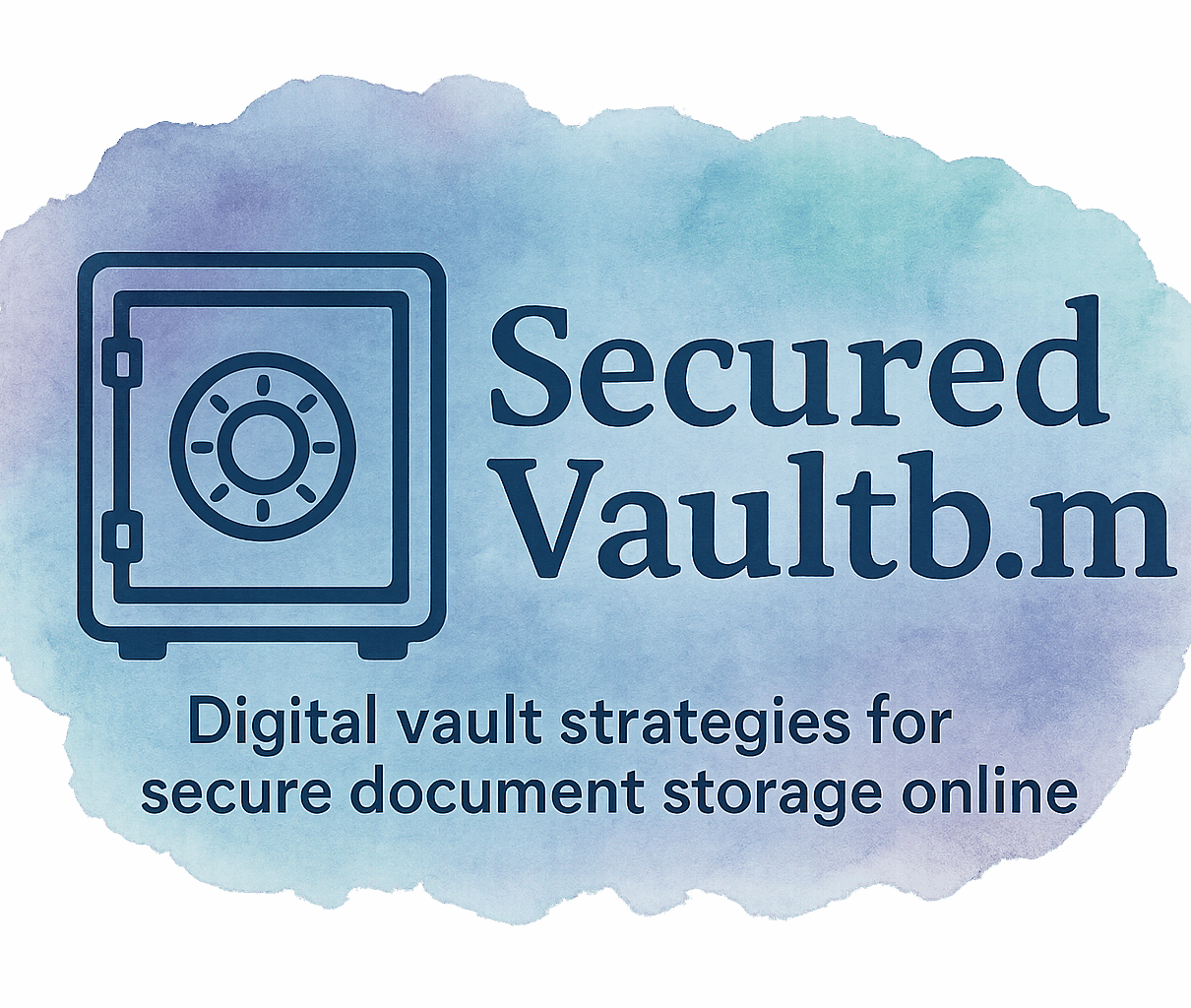Introduction: Why Syncing Digital Vault Strategies Matters
In today’s digital-first world, managing your sensitive files across multiple devices isn’t just about convenience—it’s about security and consistency. Without syncing, your data could be fragmented, outdated, or worse—vulnerable. That’s why understanding how to sync digital vault strategies across devices is essential for both individuals and businesses. For a foundation on how vault systems work, you can explore the basics of digital vault strategies.
Understanding Digital Vault Strategies
What is a Digital Vault?
A digital vault is essentially a secure storage solution that goes beyond standard cloud storage. It leverages encryption, authentication, and advanced access control to safeguard sensitive data. You can think of it as your online safe. For deeper insights, check out this resource on secure data storage solutions.
Why Businesses and Individuals Need Digital Vault Strategies
For individuals, digital vaults prevent unauthorized access to personal files. For enterprises, they form part of a broader enterprise security solution that ensures compliance and protects sensitive customer information.

Benefits of Syncing Digital Vault Strategies Across Devices
Accessibility Without Compromise
Syncing means you can access files anywhere—whether it’s from a phone, laptop, or work PC. And yes, you can do this without sacrificing security if you implement proven online safety practices.
Consistent Security Protocols
With synced vaults, your security rules follow across devices. That means if you enforce multi-factor login on your laptop, your smartphone will require the same. Curious about these protections? Explore secure login methods.
Streamlined Workflow and Productivity
No more outdated versions or duplicated files. With syncing, workflows stay streamlined, which is why businesses increasingly adopt digital vault strategies across teams.
6 Easy Ways to Sync Digital Vault Strategies Across Devices
1. Use Cloud-Based Digital Vault Platforms
How Cloud Sync Works for Vaults
Cloud-based vaults store encrypted files on secure servers. With one login, you can reach your vault from any connected device.
Pros and Cons of Cloud Vaults
- ✅ Pros: Global access, automatic updates, scalability.
- ❌ Cons: Internet dependency, potential vendor lock-in.
If you’re exploring this route, see how business enterprises use vault solutions in practice: business enterprise uses of digital vaults.
2. Implement Multi-Device Secure Authentication
Single Sign-On (SSO) Solutions
SSO allows you to log in once and use the same secure session across devices. Perfect for organizations that want simple yet strong authentication methods.
Biometric Authentication
Face recognition, fingerprint, and even voice-based logins provide security without the hassle of typing long passwords.
3. Enable End-to-End Encryption on All Devices
Why Encryption Matters for Syncing
Encryption prevents outsiders from reading your files—even if they intercept your data. Learn more in this guide on security and encryption tips.
Choosing the Right Encryption Standards
AES-256 and RSA are gold standards in encryption. They ensure your synced data remains tamper-proof.
4. Automate Backup and Recovery Systems
Scheduled Backups Across Devices
Set your vault to run automatic backups across all devices. That way, you’re never stuck with outdated versions.
Real-Time Syncing and Restoration
Real-time sync ensures updates happen instantly. For step-by-step help, explore setup and access guides.
5. Use Enterprise-Grade Digital Vault Solutions
Features of Enterprise Vault Systems
Features include role-based access control, compliance tools, and audit logs. These keep large organizations compliant with security standards.
Scalability for Growing Businesses
Enterprise-grade vaults are designed to scale. They allow businesses to expand without compromising on secure storage.
6. Regularly Update and Audit Your Digital Vault Strategies
Importance of Routine Security Audits
Auditing your digital vault strategy helps identify vulnerabilities before attackers do. See how security risks can be minimized with proactive checks.
Keeping Devices and Apps Up-to-Date
Running outdated software is like leaving your vault door half-open. Updates plug potential holes and strengthen security innovations.
Challenges of Syncing Digital Vaults Across Devices
Security Risks of Multi-Device Syncing
Every device synced is another entry point. Proper secure solutions are needed to balance convenience with safety.
Cost vs. Convenience Trade-offs
While premium vaults come at a price, they often save businesses from costlier breaches. The business cost factor is one worth calculating carefully.
Future Trends in Digital Vault Synchronization
AI-Powered Vault Management
Artificial intelligence will soon help automate syncing, detect threats, and personalize vault strategies for users.
Blockchain-Based Secure Storage
Blockchain ensures data is tamper-proof and traceable. Future vaults may fully embrace future trends and innovations like this.
Practical Tips for Individuals and Businesses
For Personal Users
- Choose a provider focused on personal security.
- Enable biometric logins for faster and safer access.
- Back up regularly using secure apps.
For Enterprise Teams
- Invest in scalable enterprise-grade vaults.
- Standardize access rules with secure guides.
- Monitor audit logs and track user access across devices.
Conclusion
Syncing digital vault strategies across devices doesn’t have to be complicated. By embracing cloud-based vaults, enabling encryption, and leveraging secure authentication, you can keep your data safe and accessible—anytime, anywhere. Businesses, too, benefit greatly by adopting enterprise-grade solutions and auditing their systems regularly. Simply put, these six easy methods are your roadmap to secure, seamless, and future-ready vault management.
FAQs
- What is the main benefit of syncing digital vault strategies across devices?
You get secure, seamless access to your data anywhere without compromising protection. - Are cloud-based vaults safe?
Yes, if combined with strong secure login and encryption practices. - Can personal users benefit from enterprise-grade solutions?
Definitely—many personal users adopt scaled-down versions of enterprise tools for stronger safe storage. - What’s the biggest risk when syncing across devices?
Each added device increases risks, which is why proper access methods are crucial. - How often should digital vaults be audited?
Businesses should conduct quarterly audits, while individuals can review annually. - Do digital vaults work offline?
Some providers allow offline storage, but syncing usually requires connectivity. - Is biometric authentication safer than passwords?
Yes, biometrics are more difficult to replicate, aligning with modern security innovation
